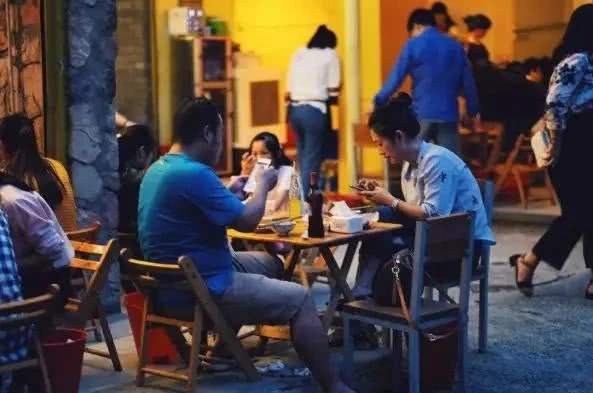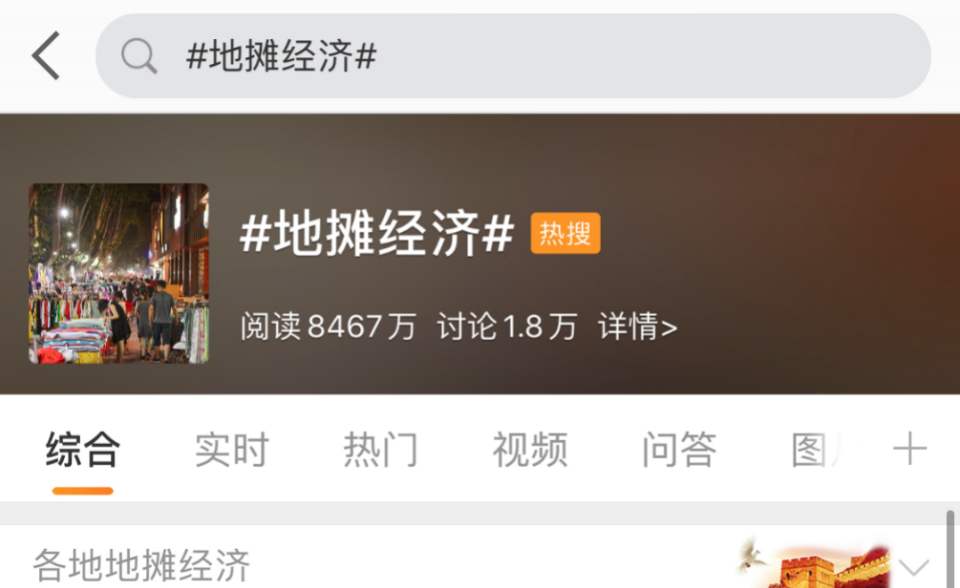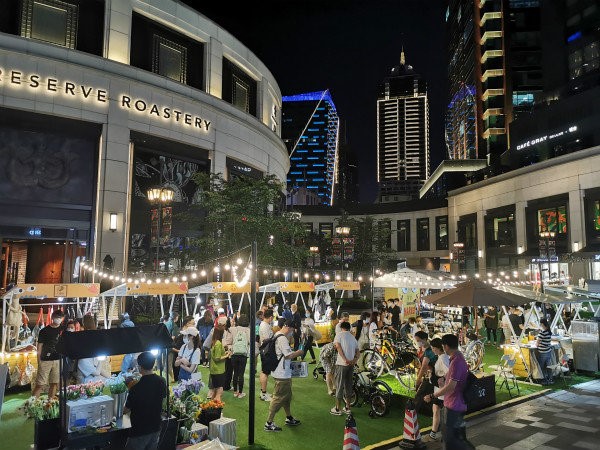Stall Economy: China’s Solution to Post-COVID-19 Economic Recovery
STALL ECONOMY
China’s Solution to Post-COVID-19 Economic Recovery
中国在疫情后恢复经济的决心
After years of trying to get them off the streets, the Urban Administrative and Law Enforcement Bureau (commonly referred to as cheng guan) are now welcoming street food stalls and other small businesses back to the streets of China, following the newly introduced “stall economy” policy. Why the big change? We’ll explain.
经过多年的努力,城市管理和执法局(通常称为城管)在新出台的“地摊经济”政策下,如今开始欢迎街边的食品摊位和其他个体户重新回到中国的街头。这是怎么回事?我们会解释的。
01
The Origin 起源
The street stalls, usually selling ready-to-go food, odd-tasting beverages or outfits that even your mum wouldn’t appreciate, is one of the most unique Chinese experiences. The everlasting game of hide and seek between street venders and cheng guan is a contributing factor to what makes it so special. However, this scenario is about to change.
地摊,通常出售即食食品、趣味饮料或连你妈妈都不会喜欢的过时服装,是最独特的中国体验之一。一直以来,街边小贩和城管之间永恒的捉迷藏,是使它如此与众不同的原因之一。然而,这种情况在接下来的时间里即将发生改变。

According to a recent announcement by China’s Central Civilisation Committee, roadside seating, street markets and mobile vendors are no longer included in this year’s “Civilised City Assessment”. After years of categorising street vendors as “unsightly”, this is a major change of attitude from Beijing. The new policy was also validated by the Premier of the State Council, Li Keqiang, during his recent visit to Yantai City, Shandong Province, where he referred to street stalls as “the glitter of the common being, the living soul of the Chinese economy”. Since then, many cities have been relaxing restrictions, even stimulating the development of street businesses.
根据中央文明委最近发布的一份公告,今年的“文明城市评估”指标不再包括街边座位、街市和流动摊贩。经过对多年的街头摊贩给予“难看”的评价,这是来自北京方面的态度的一个重大转变。国务院总理李克强最近访问山东省烟台市时也证实了这一新政策,他将街头摊位称为“人间的烟火,中国经济的灵魂”。从那时起,许多城市开始放宽对于地摊的限制,这甚至刺激了街头商业的发展。

IDI Italian Design Icons 2020 - Save the date

02
The Reasoning 原因
The reasoning behind this upsurge of street business is twofold. At the 2020 Two Sessions’ (Lianghui) press conference, Premier Li pointed out that there’s still a group of 600 million Chinese people with medium to low income (with a monthly income of 140$ or less), which encompasses 43% of the total population. This is more so a problem after the COVID-19 pandemic, which hit the country’s economy hard as the overall GDP of the first quarter decreased by 6.8%. The government states that the unemployment rate is at 6 percent, while other estimates put it at 20 percent. Hence, it is believed that ‘stall economy” would be Beijing’s answer to a post-COVID-19 economic recovery. It is estimated by economists that, if enough space is given to the vendors, 50 million new jobs can potentially be created.
这股街头商业热潮背后的原因是双重的。李克强总理在2020两会新闻发布会上指出,目前仍有6亿中低收入(月收入140美元以下)的中国人,占全国总人口的43%。在新冠疫情爆发后,这个问题更加严重,因为第一季度的整体GDP下降了6.8%,严重打击了中国经济。根据政府报告显示失业率为6%,而其他估计则认为达到20%。因此,人们相信“停滞经济”将是北京应对新冠疫情后经济复苏的答案。据一位经济学家估计,如果给摊贩以足够的空间,或许这一举措可以创造5000万个新的就业机会。

03
The Implications 言外之意
The recent change of attitude from the central authority has brought a lot of attention, both online and offline. On Weibo, many have joined the heated discussion, jokingly speculating given what they have studied and what their jobs are, what street-based business they can get into. In reality, the regulations were carried out with caution. One significant difference is that restaurants and coffee shops are putting their seats back on the pavement again, whereas in the past, such behaviour was never tolerated by cheng guan. Organized night markets hosted by big shopping venues have been popping up overnight, selling jewellery, hand crafts, flowers and fancy food. To do business at such a night market, one has to sign up with the venue, pay the venue fee and follow the formulated set up at the set time and place. Even with the restrictions, small business owners have shown great enthusiasm, crowding up each and every one of the 51 night markets around Shanghai.
最近中央政府态度的转变引起了线上和线下的广泛关注。在微博上,很多人也加入了这场热烈的讨论,他们用幽默的方式来探讨自己所学、所从事的工作,可以转变成什么样的摊位。实际上在现实生活中,这一规定的执行显得更为谨慎,但一个显著的变化是,餐馆和咖啡店又把座位重新摆回了人行道上,而在过去,这种行为是城管绝不会容许的。由大型购物商城主办的有组织的夜市一夜之间涌现,主要出售珠宝、手工艺品、鲜花和高档食品等。在这样的夜市上做生意,必须与场地签约,交纳场地费,按照规定的条件和时间地点有序摆摊。但即使有这些限制在,小摊贩们也表现出了极大的热情,挤占了上海及其周边51个夜市的每一个。

While there is still no sight of freshly made food served on the streets of Shanghai, here’s hoping that it’s just around the corner.
虽然现在在上海的街边上仍然看不到新鲜出炉的食物,但希望不远的将来它们又会出现在街角。



